Some 8 million Apple Watches may have been sold in the December quarter, allowing Apple to beat out the likes of Fitbit for wearables dominance not just then but during the whole of 2017, according to research published on Thursday.
Apple saw its marketshare rise year-over-year from 14.4 percent to 21 percent in Q4, with units growing from 5.1 million, IDC said. One-time leader Fitbit saw its units decline from 6.5 million to 5.4 million, and hence share fall from 18.5 percent to 14.2.
Behind those two companies were Xiaomi, Garmin, and Huawei. A cumulative "others" group shrank from 43.5 percent to 41 percent, even as shipments increased slightly to 15.6 million.
"4Q17 was the first quarter that Apple held the market leader position all to itself after spending several quarters close behind Fitbit or Xiaomi," IDC wrote. "Apple is catching the market at the right time with many users of basic wearables moving on to smartwatches and cellular connectivity (available on select Series 3 Watches) is earning a warm reception among end users, if only for the convenience of leaving their smartphone behind. The late-year push of 8.0 million units separated Apple from the competition to emerge as the overall leader of the wearables market for the year."
During 2017, Apple is estimated to have shipped 17.7 million Watches, surpassing Xiaomi's 15.7 million and Fitbit's 15.4 million.
Apple's plans for new hardware in 2018 are still shrouded. The company could potentially add an EKG reader, and/or make cellular models even more independent of the iPhone.
 Roger Fingas
Roger Fingas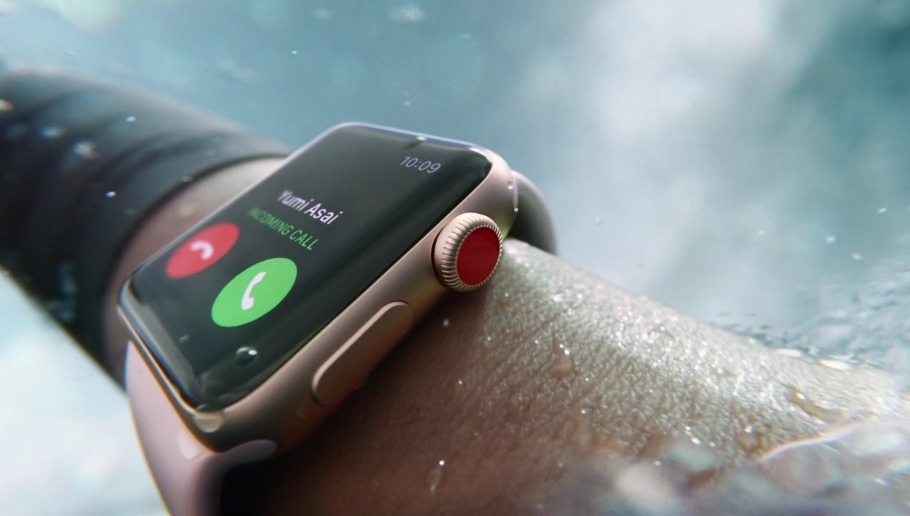
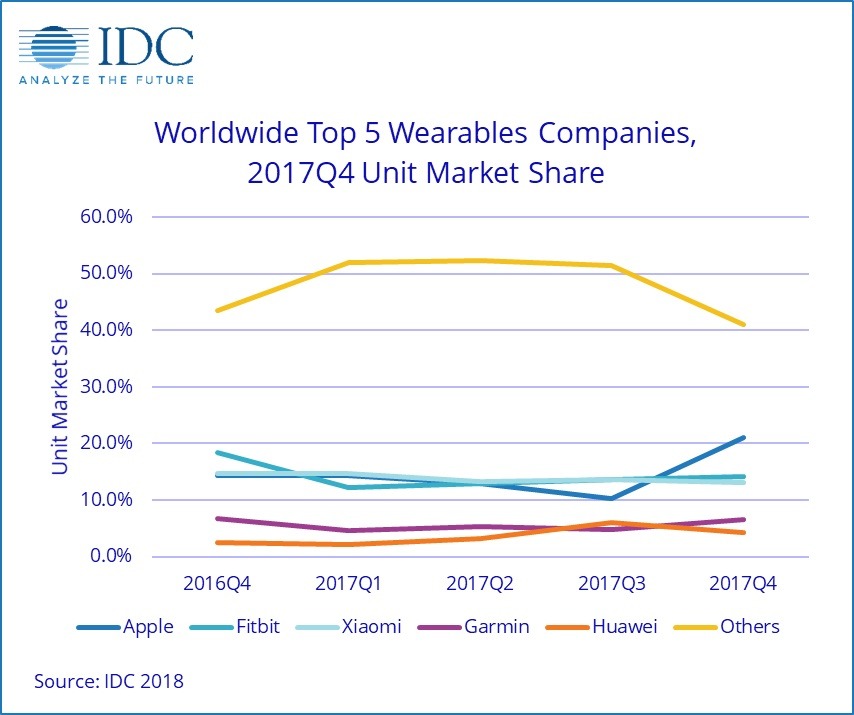
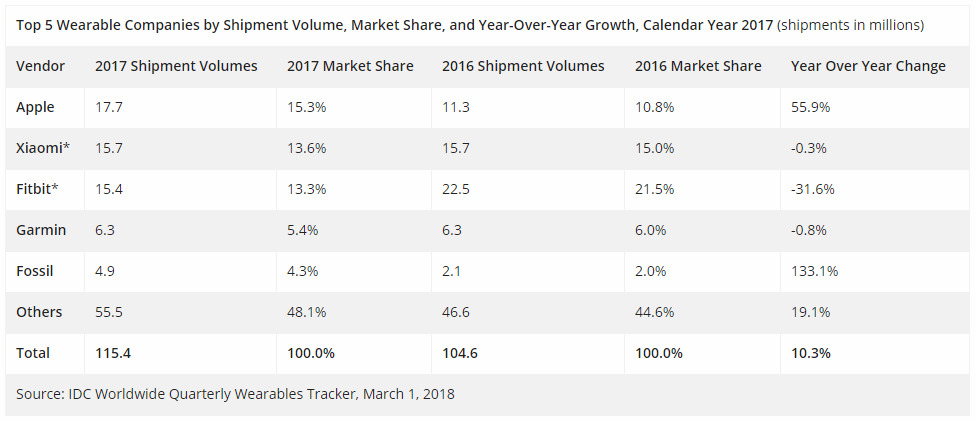
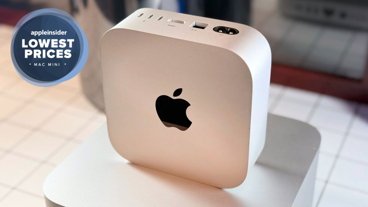
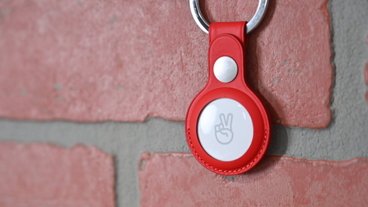


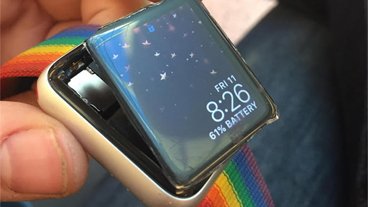
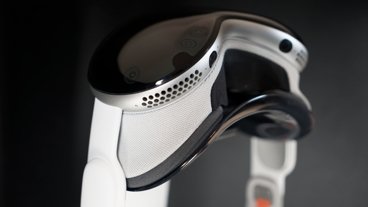
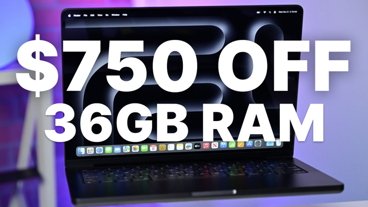

 Charles Martin
Charles Martin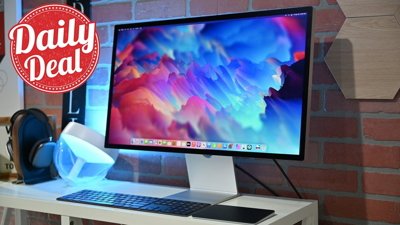
 Christine McKee
Christine McKee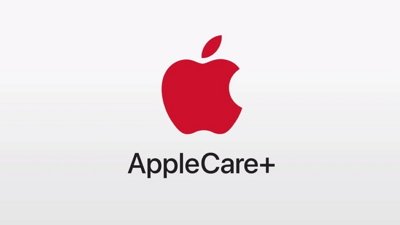

 Malcolm Owen
Malcolm Owen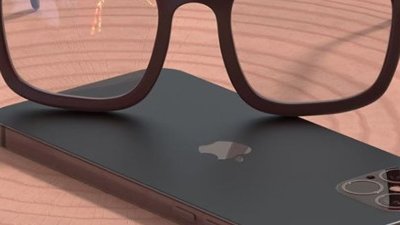
 Amber Neely
Amber Neely
 Andrew O'Hara
Andrew O'Hara
 Mike Wuerthele
Mike Wuerthele
 William Gallagher
William Gallagher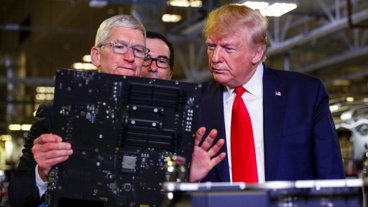




15 Comments
Not having official numbers is a license for outfits like IDC to pull whatever stats they want out of their assess. I think Apple was brilliant in deciding to keep watch sales under wraps. Makes it harder for the asshats to figure out how they’re making all that money and profit. And it makes it harder for the “fail” crowd to declare a loser. iPhone X sales are not provided either, just iPhone sales as a category so all that supply channel prognosticating about Samsung overproduction remains just blathering rumor.
Good to read but also not surprising at all cause this series 3 Watch is already one of my favourite pieces of Tech I’ve bought.
My son now has my Apple Watch Series 0, which served me well. But I love, love, love my Series 3 with cellular (AT&T)!
It's faster, brighter, and more functional, and I take my iPhone 7+ out of my pocket far less often.
I love the watch for placing and answering calls via my Beats X earphones. They're quick and easy to pair, and they stay in my ears far better than my previous PowerBeats Wireless 3 set.
Apple Pay works great with the watch, and is yet another way NOT to take out my phone.
And I love playing my Apple Music tunes from the watch with its easy-to-use interface.
Like with most Apple products I use, I don't care very much what are the various marketshares. I just know that there's no way I'd consider any other brand of comparable devices.
Next for us is the Home Pod—maybe two once Air Play 2 arrives!
Apple is leading in wearables but right from the start, AppleWatch was called a failure because it didn't meet analyst's expectations in terms of sales. So, if AppleWatch is a failure then what are the other companies wearables being called. Wall Street was always crowing about Fitbit and how many millions of units were being sold. I'm sure plenty of Fitbits were sold because they were relatively cheap. I'd also heard they didn't hold up very well under use. Some were said to be failing after a few months use. It's like how Amazon holds the smart speaker lead by selling millions of Echo Dots. By some standards, I suppose, as long as a product holds the highest market share percentage, it's considered a successful product even if the company doesn't make much money from it. Product popularity seems to mean a lot to investors but it doesn't seem as though that metric covers everything. It's good to hear that AppleWatch is doing quite well even if Apple can't sell millions of them. If it's a useful product and consumers are happy with it then that's great. It's not good to judge a product simply based on how many are being sold. Some products are priced to be practically disposable and they may not hold up well over time. They're good for impulse buying and not much else.